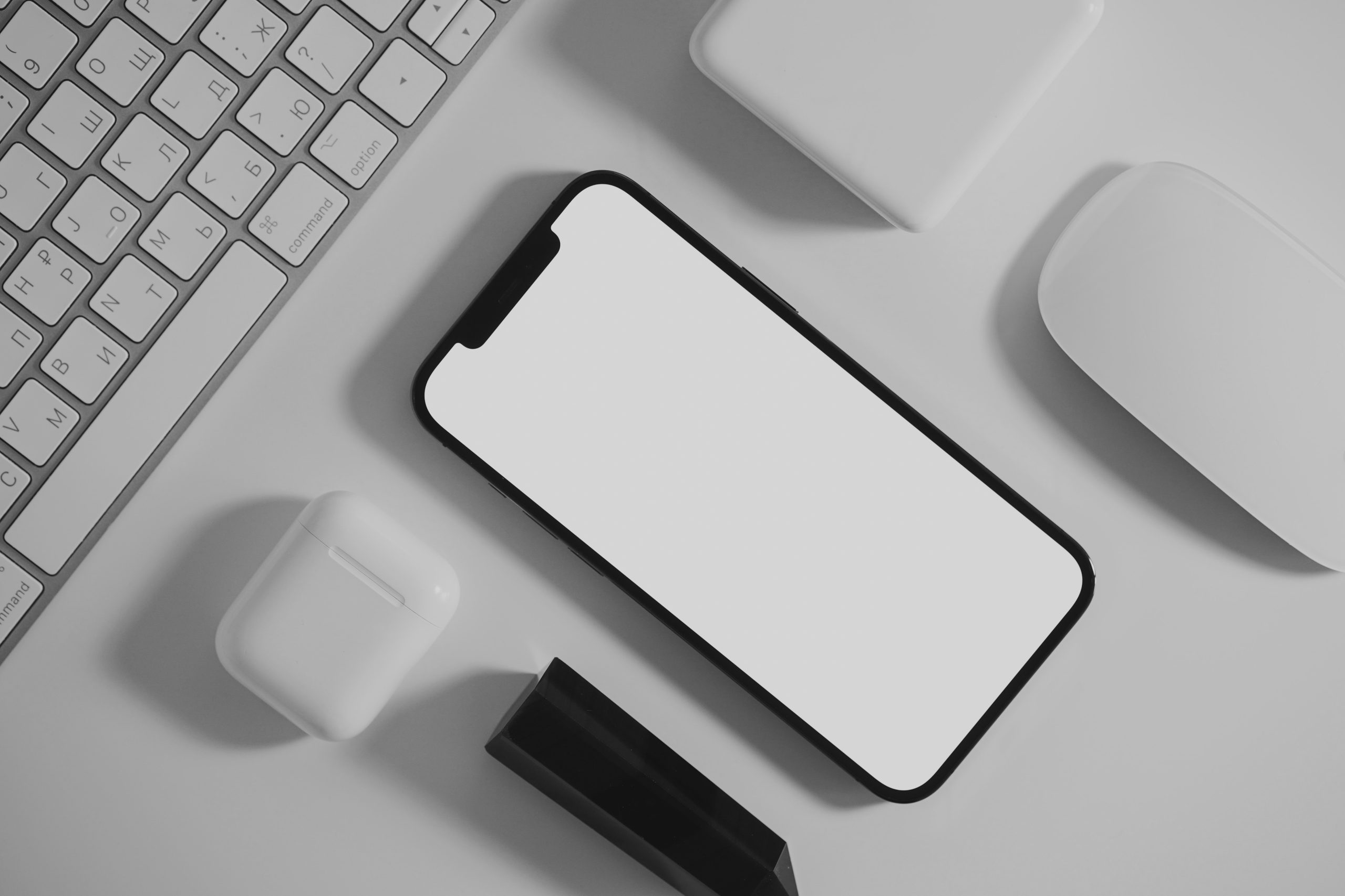Making a mockup is an essential step in the design process that allows designers to visualize their work before committing to it. However, as with any creative endeavour, it’s easy to make mistakes and overlook key details. In this article, we’ll discuss the top 5 mistakes designers can make while creating a mockup. By understanding these common pitfalls, you can ensure that your mockup is the best it can be and help move your project forward.

Contents
Mistake #1: Missing Details
Missing details is one of the biggest mistakes that you can make when creating a mockup. A mockup is supposed to be an accurate representation of what the final product will look like, and if you miss important details, your clients may not get the full picture. You need to include every little detail in your mockups, from color schemes and fonts to images and graphics.
Another aspect of missing details is failing to provide context for your mockups. Clients often require context to understand how their design fits into their larger branding strategy. If you don’t supply this information or explain how a particular element was chosen, clients won’t fully grasp why certain decisions were made. Without this understanding, they may be more likely to request changes that don’t align with their overall goals.
In conclusion, missing details can cause significant problems when creating a mockup. It’s crucial to pay attention to every aspect of the design and make sure that everything is included in the final product. Additionally, providing context for your design choices will help clients better understand your thought process and lead to more successful projects in the long run.

Mistake #2: Wrong Platform
Another crucial mistake in creating a mockup is choosing the wrong platform. Every designer should be aware of the different platforms used for designing, such as Adobe Photoshop, Sketch, Figma, InVision Studio, and many more. Each platform comes with its own set of features and limitations that make it suitable for specific design tasks.
For instance, if you’re creating a mockup for mobile apps or websites, it’s best to use platforms like Sketch or Figma that offer responsive design features. On the other hand, if you’re working on complicated UX/UI designs with several interactions and animations included, then Adobe After Effects would be your go-to tool.
Choosing the right platform can significantly affect your workflow and overall output quality. Thus it’s essential to research different platforms before diving into any project.

Mistake #3: Lack of Iteration
Lack of iteration is one of the common mistakes in making a mockup. Many designers tend to overlook the importance of refining their initial designs, resulting in a subpar output. Iteration involves going through multiple rounds of revisions and improvements until the final product meets all requirements.
Without iteration, a designer can miss opportunities to enhance the design’s usability, functionality, or aesthetic appeal. It also becomes harder to spot flaws or inconsistencies that may compromise user experience or accessibility. In addition, failing to iterate can lead to delays and additional costs if any issues are discovered later in the development process.
To avoid this mistake, plan for enough time for iterations within your project timeline. This will allow you to gather feedback from stakeholders and users and implement changes before it’s too late. Aim for at least three rounds of iterations before finalizing your design. Remember that iteration is crucial not only for creating a better mockup but also for improving your overall design skills as you learn from each revision cycle.

Mistake #4: No User Testing
Mistake number 4 in making a mockup is skipping user testing. User testing is a crucial step in the design process as it provides valuable feedback on the usability and functionality of your product. Not conducting user testing can result in a product that does not meet the needs of its users, leading to low adoption rates and poor customer satisfaction.
User testing involves observing how people interact with your product and identifying pain points or areas for improvement. Through this process, you can gain insights into what works well, what doesn’t, and what changes need to be made to enhance the user experience. Skipping this step can lead to costly redesigns down the line.
To avoid this mistake, allocate time and resources for user testing early on in the design process. This will enable you to incorporate feedback from users at every stage of development and make necessary adjustments before launching your product. Ultimately, conducting user testing can help ensure that your mockup translates into a successful final product that meets the needs of its users.

Mistake #5: Not Testing Responsively
The fifth mistake that designers make when creating a mockup is not testing it responsively. Designers often forget that users will access their website or app on various devices with different screen sizes and resolutions. Hence, it’s crucial to test the mockup on multiple devices to make sure it looks great on all of them.
It’s easy to create designs that look great on one device but appear distorted or awkwardly placed on another. This can lead to a poor user experience and potentially drive users away from your brand, making responsive design an essential element in your design process.
To avoid this mistake, ensure you have a plan for testing the mockup across various devices and platforms before moving forward with development. By doing so, you can guarantee a seamless user experience regardless of the device they’re using.
Conclusion
In conclusion, creating a mockup is an essential part of the design process. It helps designers and clients to visualize the final product and make necessary changes before development. However, there are common mistakes that designers make when creating mockups that can affect the overall outcome of the project.
Firstly, not understanding the purpose of a mockup can lead to incorrect designs that do not serve their intended purpose. Secondly, failing to get feedback from stakeholders during the creation process can result in costly revisions later on. Additionally, using too much lorem ipsum or placeholder text can misrepresent how content will fit into a design.
To avoid these mistakes, it’s important for designers to have clear objectives and communication with all parties involved in a project. They should also prioritize user experience over aesthetics and ensure that all design elements have a specific purpose. Overall, avoiding these common mistakes will help create successful mockups that accurately represent the final product.